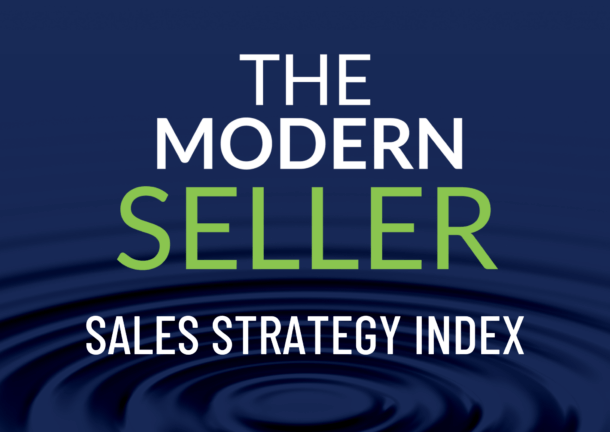Billions of dollars are spent on leadership development programs each year. In fact, according to McKinsey, almost two-thirds of the executives they surveyed identified leadership development as their No. 1 concern.
Are companies seeing return on their leadership investment? Too often, that answer is no.
In my experience, programs that succeed have one thing in common: strong support from the top and at the mid-levels. When that support doesn’t exist, or isn’t at the levels it should be, often a perception gap exists between the C-suite and the organizational development teams responsible for building and executing the programs.
Take for example a program I once delivered at the headquarters of a major retail business. The organizational development team believed they had strong leadership support. However, when it was time for the program to roll out, the issues became apparent. Registered attendees started to bow out. Most often, it involved an urgency in the business. Either the employee herself decided to stay back at her desk, or the supervisor required her to do so. The bottom line: the program wasn’t seen as strategic or valuable by company executives.
What happened, and how can you gain greater commitment –and long-term results —for your leadership programs? Take these three key steps:
- Support the sponsoring executive’s vision. Bring in leadership, involve him or her in the program’s development, and determine what his or her goals for it are. The program should be tied to real business results. Ideally, the executive sponsor will be invested in the leadership development program. Be sure to track metrics and report back to him or her about the program’s success.
- Know where else you need buy in. Executive support is crucial, but in some cases so is mid-level support. In another client setting, I was asked to design a sustainability strategy for a front-line leader development program. In the early stages I learned that mid-level leaders would ultimately be responsible for making sure their front-line leaders participated in the program. It was a win to learn this early because we were able to validate the needs at the mid-level and work on getting their buy-in, before any programming was developed.
- Be selective. Carefully choose the number of programs you deliver, and who participates in them. That doesn’t mean programs shouldn’t be provided across each level of the organization—they should. Whether it is nurturing front line leaders and emerging professionals or providing high-level programs to the C-suite, every employee can benefit from targeted, well-defined leadership development opportunities. Businesses with leadership development programs see enhanced productivity, increased engagement and improved employee retention.
So, before you launch your leadership program, take a step back. Ask, yourself, what is the problem you are trying to solve for? And do you have validation from the right levels?
Whether in their personal life or at work, people will support the initiatives they care about. If your executive leadership trusts that a leader development program is designed to solving business challenges and lift the organization, you increase the chances of winning their support.


 Our Strategic Selling signature sales training program is now available online. This online sales learning program is ideal for professional services and B2B sales. Get started with 2 free lessons.
Our Strategic Selling signature sales training program is now available online. This online sales learning program is ideal for professional services and B2B sales. Get started with 2 free lessons.